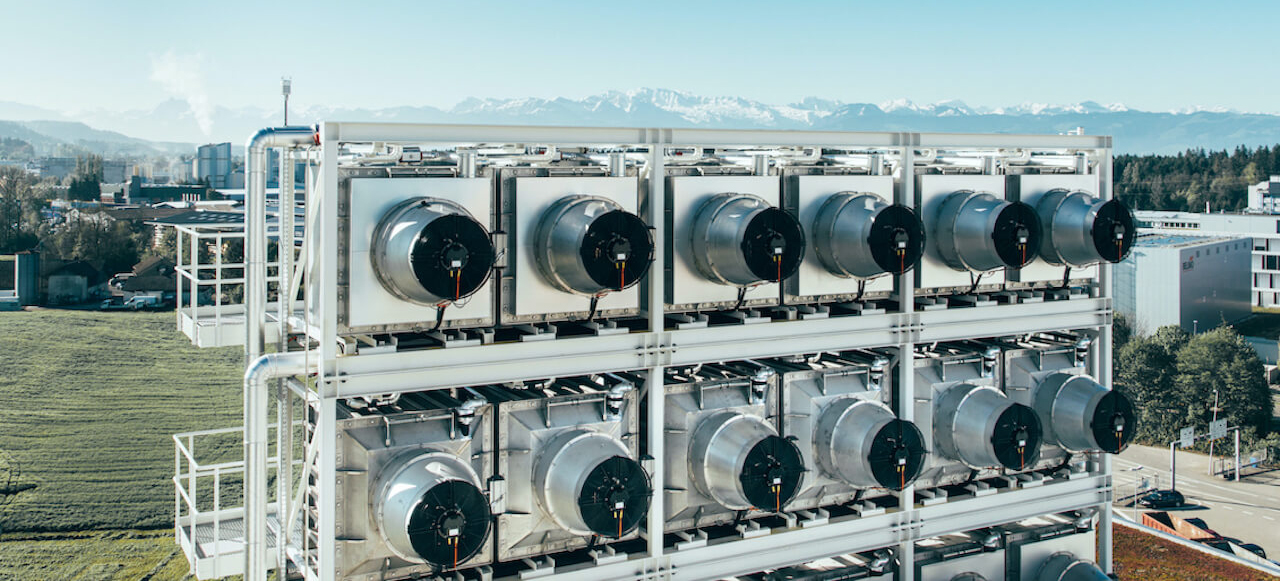Direct Air Capture (DAC)
Technology
Direct Air Capture is a cutting-edge technology that removes CO₂ directly from the atmosphere using chemical processes. The captured CO₂ can be stored underground or used for industrial purposes. DAC is a high-cost solution, but it has the potential to remove large amounts of carbon from the air, helping to offset hard-to-abate emissions.
Direct Air Capture (DAC) is a cutting-edge technology that has the potential to significantly reduce atmospheric carbon dioxide levels.
By directly capturing CO2 from the air, DAC offers a promising solution for mitigating climate change, particularly for emissions that are difficult to eliminate through other means.
How DAC Works
DAC systems typically involve the following steps:
- Air Intake: Large fans draw ambient air into the DAC system.
- CO2 Capture: Specialized filters or sorbents within the system capture the CO2 from the air.
- CO2 Release: The captured CO2 is then released from the filters or sorbents.
- Storage or Utilization: The captured CO2 can be permanently stored underground (carbon capture and storage, or CCS) or used in various industrial processes, such as producing synthetic fuels or enhancing enhanced oil recovery.
Benefits of DAC
DAC offers several key benefits:
- Carbon Removal: DAC can directly remove CO2 from the atmosphere, providing a powerful tool for mitigating climate change.
- Scalability: DAC technology has the potential to be scaled up to capture large amounts of CO2, making it a valuable tool for addressing global emissions.
- Versatility: DAC can be used in conjunction with other climate mitigation strategies, such as renewable energy and energy efficiency.
- Negative Emissions: DAC can potentially achieve negative emissions, meaning that more CO2 is removed from the atmosphere than is emitted.
Challenges and Considerations
While DAC offers significant potential, there are also challenges to overcome:
- Cost: DAC is currently a relatively expensive technology. However, as technology advances and economies of scale are achieved, costs are expected to decrease.
- Energy Consumption: DAC systems require energy to operate, which can contribute to emissions if the energy is not sourced from renewable sources.
- Storage and Utilization: Finding suitable storage sites and developing effective utilization technologies for captured CO2 are important challenges.
- Public Perception: Public acceptance of DAC technology may be influenced by concerns about its environmental and social impacts.
Conclusion
Direct Air Capture represents a promising technology for addressing the challenges of climate change. As research and development continue, DAC is expected to play an increasingly important role in reducing atmospheric CO2 levels and helping to create a more sustainable future.
